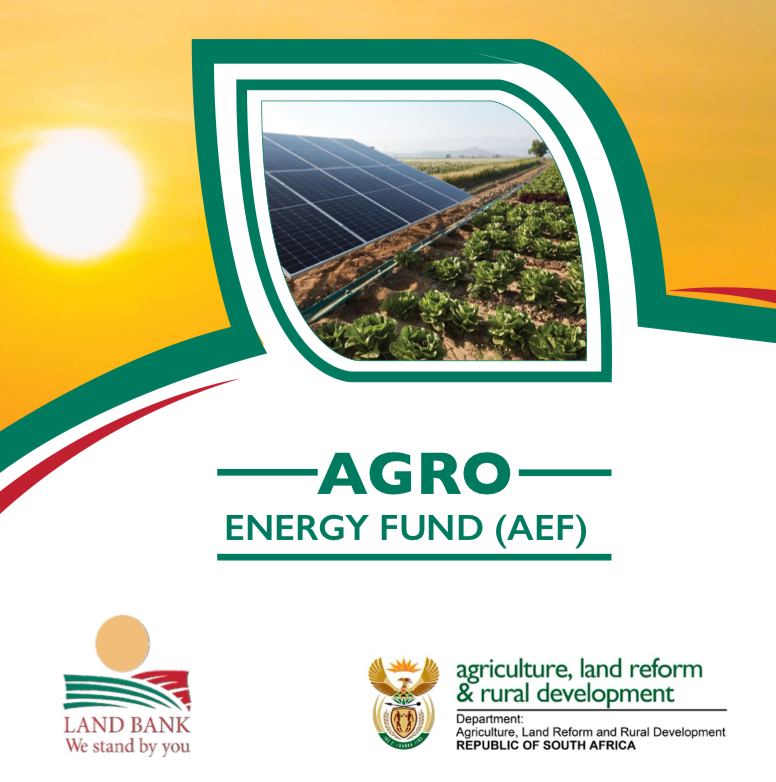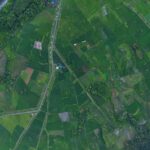The Agro Energy Fund (AEF) is a transformative initiative aimed at bolstering South Africa’s agricultural sector against the backdrop of energy challenges. Here’s what you need to know:
- Blended Finance Programme: AEF is a blended finance initiative, combining grants and loans.
- Partnership with DALRRD: Established in partnership with the Department of Agriculture, Land Reform, and Rural Development.
- Objective: Designed to mitigate the impact of load shedding on farming operations.
- Target: Focuses on financing energy-intensive agricultural activities.
- Beneficiaries: Aimed at Mega Commercial, Large Scale, Medium Scale, and Smallholder Producers.
- Sector Focus: Prioritizes high energy consumption activities in farming like dairy, poultry, piggeries, and irrigated commodities.
- Comprehensive Approach: The commodity list for the program is extensive and adaptable.
- Exclusions: Certain groups, like foreign nationals and government employees, are excluded.
- Qualifying Criteria: South African citizenship or registered business entities are required.
- Project Types: Projects should focus on energy efficiency or self-use renewable energy.
- Operational Requirement: Applicants must be active in primary or secondary agricultural business.
- Capacity Utilization: Applicants need to demonstrate the ability to use the energy efficiently.
- Proof of Land: Applicants must show land ownership or access.
- One Application Rule: Only one application per entity or individual is considered.
- No Debt Takeovers: The program doesn’t support debt takeovers or refinancing.
- Funding Scope: Focuses on purchasing CAPEX for alternative energy sources in farming operations.
- Application Requirements: Includes a detailed business plan, historical financial statements, and more.
- Expert Reports: Feasibility or energy expert reports are required.
- Historical Energy Consumption: Proof of past energy usage is necessary.
- Regulatory Compliance: Necessary environmental authorizations and licenses must be in place.
- Safety and Quality Assurance: Compliance with health, safety, and service provider qualifications.
- Conditional Grant and Loan Funding: Applicants must qualify for both grant and loan components.
- Credit Criteria: Must meet Land Bank’s credit criteria.
- Grant Limits: Conditional grants are capped as per DALRRD’s scale limits.
- No Standalone Grants: Grants are only approved in conjunction with Land Bank loans.
- Market-Related Loan Rates: Loans are priced at market-related rates.
- Co-funding Opportunities: Co-funding from various sources is allowed.
- Policy Alignment: The process aligns with Land Bank’s policies and procedures.
- Sustainability and Viability: Enterprises must be sustainable and viable.
- Shared Risk: Encourages sharing risks across different finance sources.
The AEF represents a significant step in enhancing the resilience of South Africa’s agricultural sector against energy challenges. It encourages the adoption of alternative energy sources, promoting both environmental sustainability and economic stability in farming operations.







